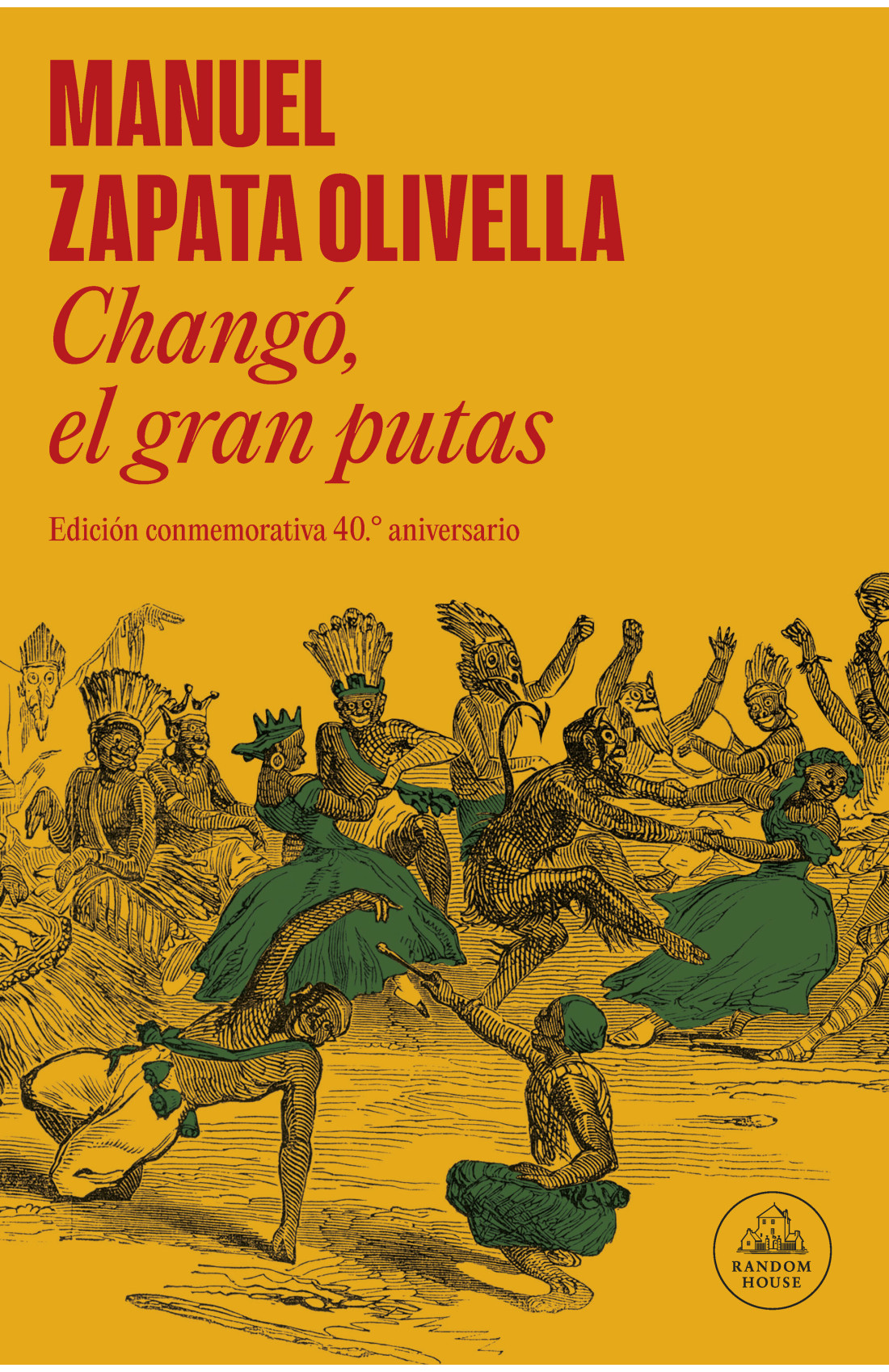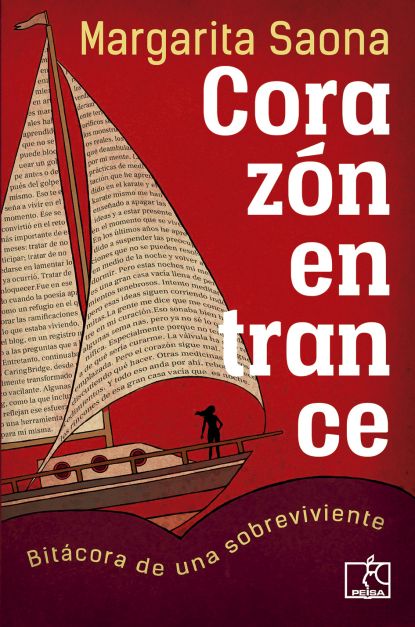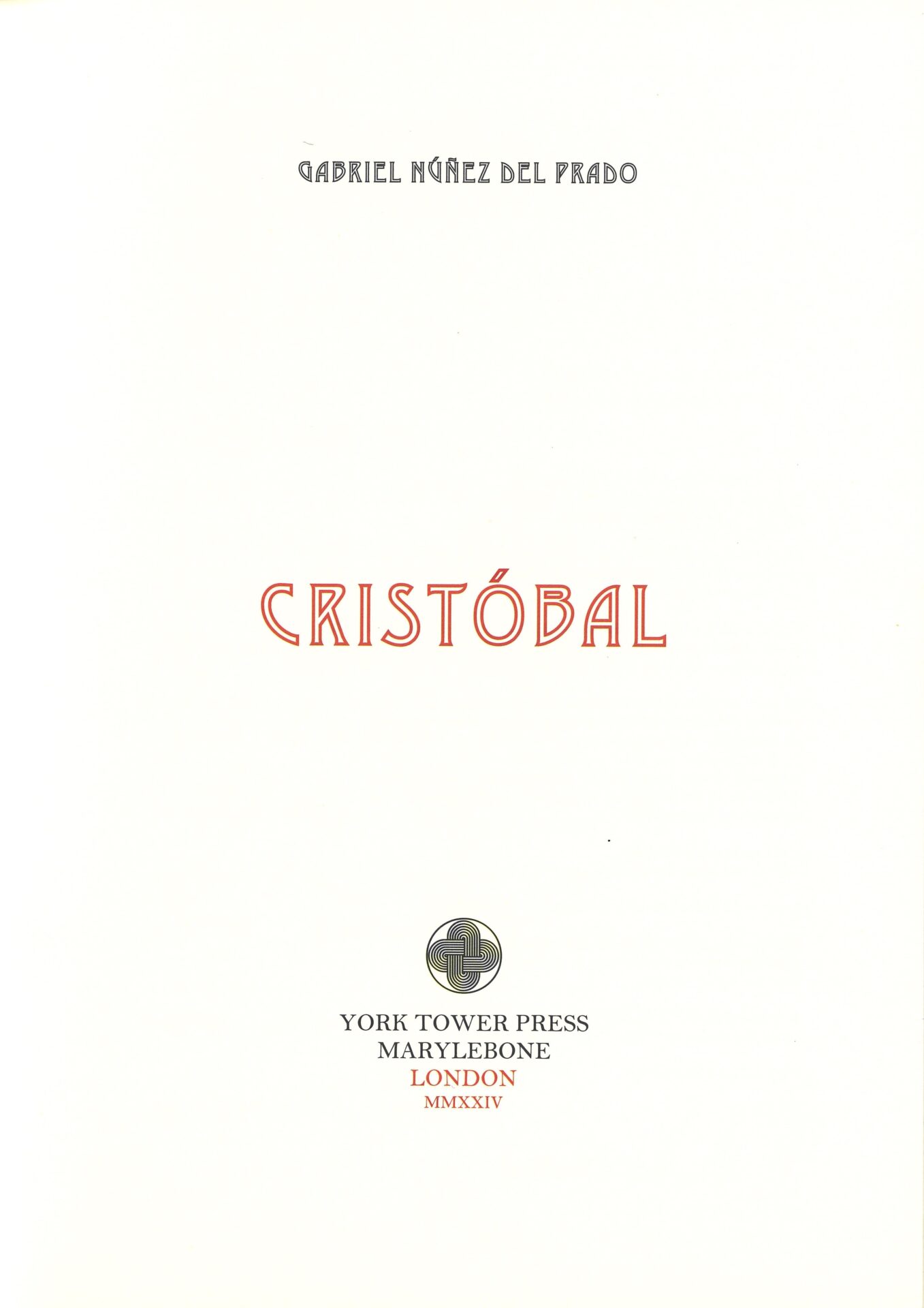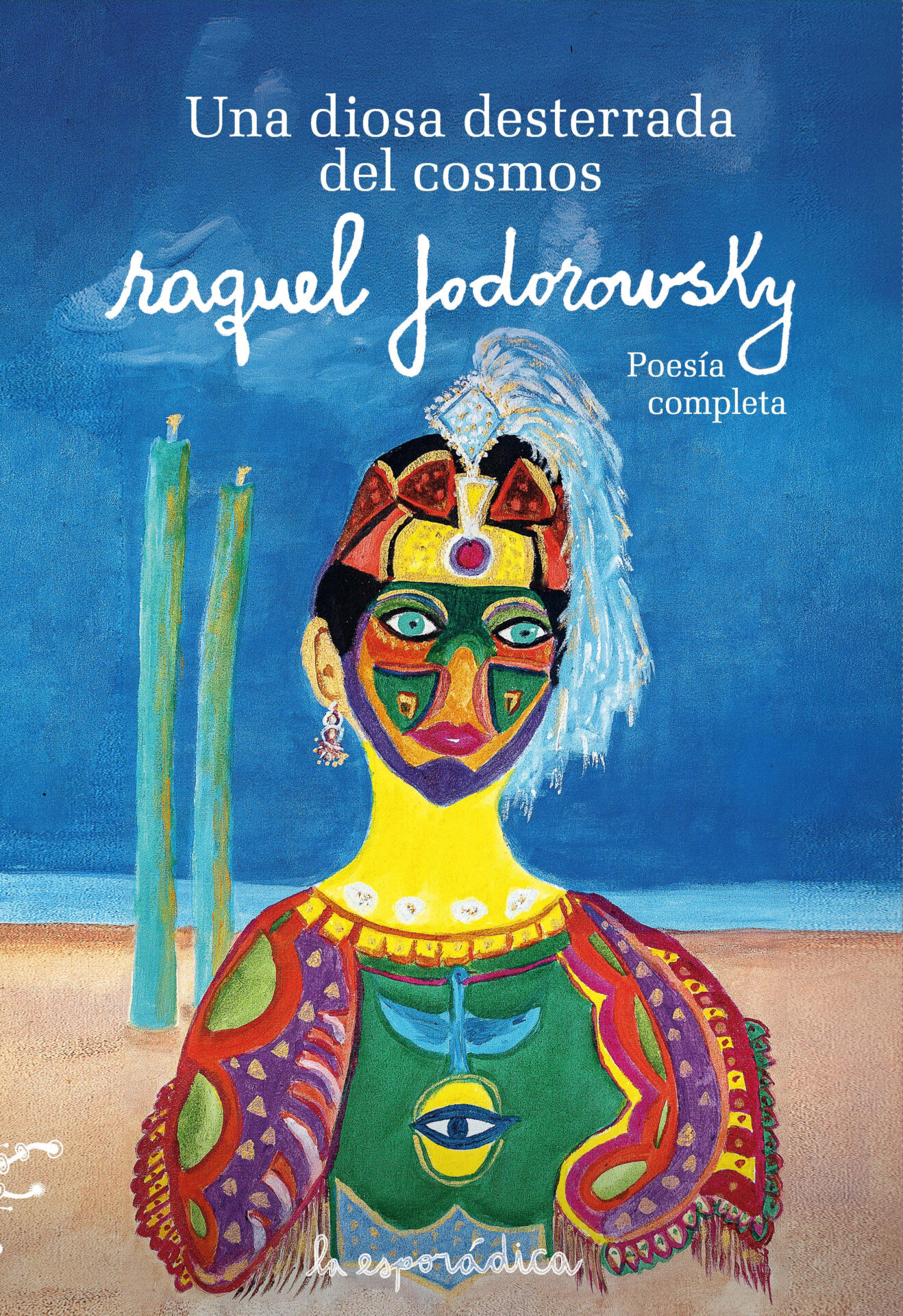El próximo desierto. Santiago Acosta. Guadalajara: Editorial Universidad de Guadalajara. 2019. 64 pages.
Every landscape is ever hounded
by its past lives.
Santiago Acosta
Is a book a fruit? Is a life a landscape? I bring up these images in order to better grasp the branches of this expansive book, a seed that sprouts through the imagination like a road movie made of postcards, timeless and without formal space. El próximo desierto carves out a bulk of awoken inquiry, archiving, theory, and sensibility. In an interlude of real and imagined forms, a voice appears, furiously devouring life itself, the story of the land where it was born, and what’s to come of the world in which it moves. The pages open in the rifts between art and academia, science and humanity, traveling and never leaving, allowing us to glimpse the author’s committed responsibility to translate classroom discussions to the literary, public plane, without leaving behind the rigor they demand, their reference points, or the complexity of their articulation.
This book was named winner of the José Emilio Pacheco City and Nature Prize, awarded by the Museum of Environmental Sciences of the University of Guadalajara, in 2018. The question of hybridity (art, science, experience, and technical support) is made manifest in the text and in the conditions of its publication. The intersections the author lays out between theory and poetry offer a critical approach to a devastated reality. The fragmentary nature of his poetics does not seek moral exemplarity; rather, its goal is to document its context and to radicalize the expression of its gravity, a latent and murderous urgency that outlines desolate expanses, in flames, up in arms, hungry, sick, lost. According to the prize jury, the book is situated at a dystopian border, where the disaster has already taken place. This disaster has no fixed center of gravity—it is eccentric, and it peeks out from the intimate toward matters of planetary survival, linked to the political instability, violence, migrations, and natural/environmental catastrophes characteristic of a geological age defined as the Anthropocene.
Santiago Acosta’s work has been patient and autobiophotographical. Please allow me this neologism in order to construct the argument I’m looking for. His first published book, Detrás de los erizos (Monte Ávila Editores, 2007), was the cornerstone of a personal archive. Then came a decade of silence, years of quiet transformation like those of a true exile. This personal, intimate space would be compiled and revealed in his second book, Cuaderno de otra parte (Libros del Fuego, 2018), in which his wounds, discoveries, and solid presences appear—a life’s testimony made up of plots that explain a generation: the pain of the absence of that which is one’s own, physical and emotional errancy. El próximo desierto is the corollary of a formative period. It marks the end of an innocence that is lent new meaning as a solid piece of evidence: its immersions, decisions, inner paths, and material proofs become a forest of words, flashpoints of plot, political postures, historical consciousness. This work narrates the limits, anticipates shipwrecks, and recounts the invisible in oracular fashion. Santiago Acosta is a poet who converses with the outside, pursuing synthesis and emergency. From the ambivalence of this last word, he holds up the urgent in connection to the factual, and willingness for exchange in connection to a present put forth as the only legitimate source of poetry.
Carved into the stock of the modern poet, mutation and transition are the place of enlightenment. Santiago Acosta links photographic language to these premises, ironically and vehemently revealing his fascination with the nothingness of the landscape. In “Las grietas del presente,” an interview conducted with the poet by Miguel Gomes in 2019 and published in the journal Trópico Absoluto, he explains his tendency to be seduced by buildings, barren spaces, and deserted landscapes. Here arises the aesthetic question: what is the implication of falling captive to the landscapes offered up by the complexity and drift of their origins? This familiarity with and taste for ruin, this harmony with the fractal, the beauty of the remains, is interpolated with devastation.
El próximo desierto opens with an epigraph by Fredric Jameson: “We need to develop an anxiety about losing the future.” This is how Acosta puts it, in English, with no translation. Perhaps this is a matter of extending Jameson’s proposition and suggesting an interpretation up to the reader’s discretion. Something to trigger the effort to carefully grasp what can be seen. The desert is an image with a dense literary tradition: an arid, cracked mirror, the promise of an ending. The imperceptible movement of the dunes, which move like ocean waves animated by the wind, means the desert is never the same. Its lifeless character is in itself an approach to the problem of coexistence in the biosphere. The desert is only itself, nothing more, and it works as a metaphor for anthropocentrism: a warning of the imminent danger of being in the world without connecting to it. Human life is put on notice to wake up from its self-absorption.
In the words of Venezuelan poet Armando Rojas Guardia: “The poem lives before you make it. This is an old lesson, and one that is never learned.” Here we find the spearhead of this body-set of postcards, the fruit of a discovery along the twists and turns of reason, reason upheld by the potency of passion in its purest form: desire.
Betina Barrios Ayala
Universidad de San Andrés
Buenos Aires
Translated by Arthur Malcolm Dixon





